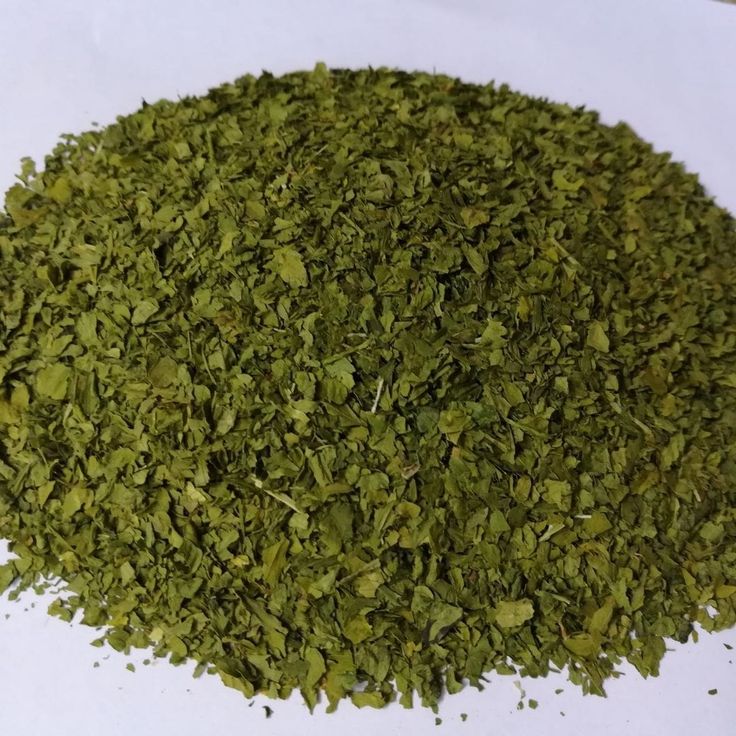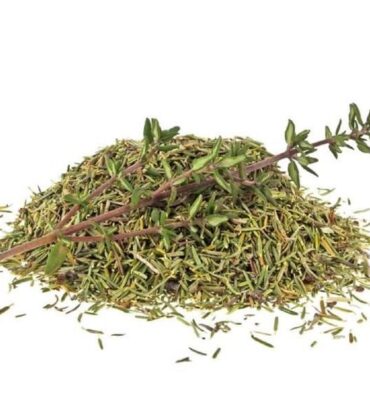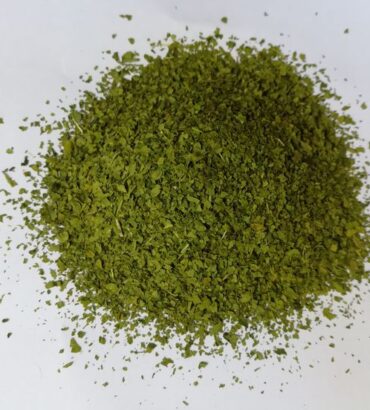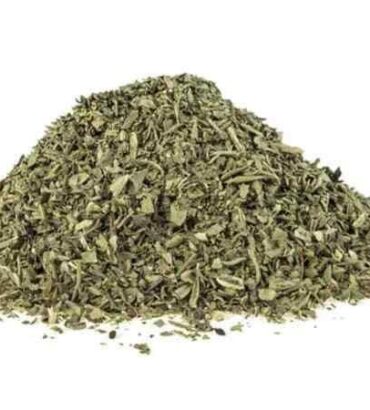Cilantro
Cilantro, also known as coriander or Chinese parsley, is an herb widely used in cooking for its fresh, citrusy flavor. The leaves, which are the cilantro part, are often used in salads, salsas, and garnishes. The seeds, known as coriander seeds, have a warm, spicy flavor and are used in a variety of spice blends and dishes. Cilantro is popular in many cuisines, including Mexican, Indian, and Middle Eastern. It also has potential health benefits, including antioxidant and anti-inflammatory properties.
Cilantro, also known as coriander, is a versatile herb widely used in cooking for its fresh, citrusy flavor and vibrant green color. When preparing cilantro for export, it’s essential to highlight the following aspects:
Description of Cilantro for Export
Scientific Name: Coriandrum sativum
Appearance:
- Leaves: Bright green, finely divided, and delicate with a slightly scalloped edge.
- Stems: Thin, green, and tender.
- Roots: Light brown, often included for its intense flavor in some cuisines.
- Seeds: Small, round, and brown (referred to as coriander seeds, distinct from the fresh herb).
Flavor Profile:
- Fresh cilantro has a zesty, citrus-like taste with a hint of pepper. Its flavor can vary from mild to intense, depending on growing conditions.
Uses:
- Culinary: Ideal for flavoring salsas, salads, soups, and curries. Widely used in Mexican, Indian, Middle Eastern, and Southeast Asian cuisines.
- Medicinal: Traditionally used for its digestive, anti-inflammatory, and antimicrobial properties.
- Cosmetic: Extracts used in skincare for their soothing and anti-inflammatory benefits.
Packaging:
- Fresh Cilantro: Packed in breathable, moisture-resistant packaging to maintain freshness. Typically bundled in bunches or as loose leaves.
- Coriander Seeds: Packaged in airtight containers to preserve flavor and prevent moisture ingress.
Quality Standards:
- Free from pests, diseases, and contaminants.
- Harvested at peak freshness to ensure optimal flavor and aroma.
- Compliance with international food safety and quality regulations.
Cultivation Regions:
- Grown in various regions, with specific attention to soil health and climate conditions for optimal growth.
Storage and Shelf Life:
- Fresh Cilantro: Best stored in a cool, dry place or refrigerated to prolong shelf life.
- Coriander Seeds: Stored in a cool, dark place to maintain freshness.
Emphasizing these points can help communicate the quality and versatility of cilantro to potential buyers in the export market.







There are no reviews yet.